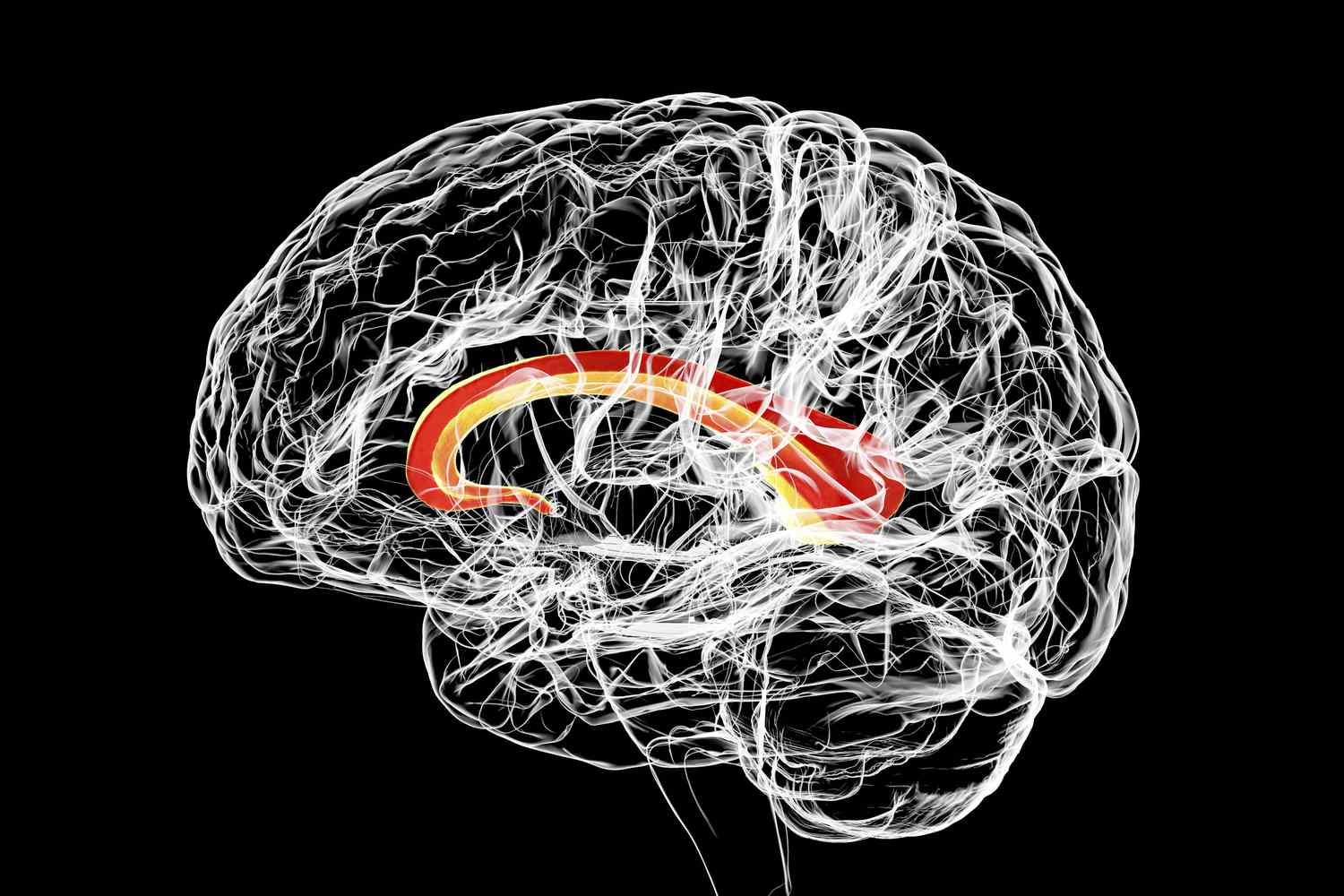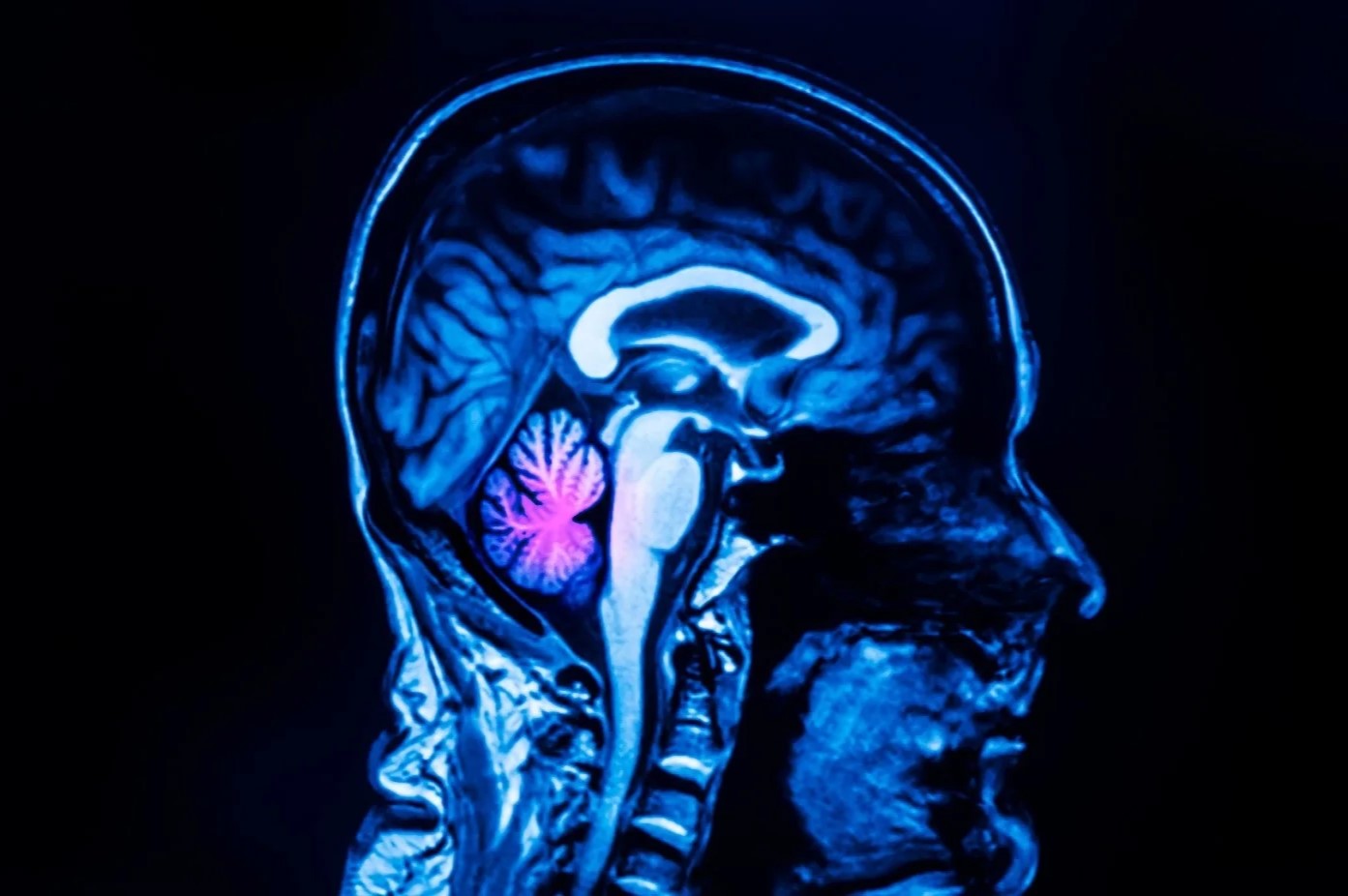
What happens when a crucial blood vessel in your brain gets blocked? Middle Cerebral Artery (MCA) Syndrome is a condition where blood flow through the middle cerebral artery is restricted, leading to significant brain function loss. The MCA is the largest branch of the internal carotid artery, supplying vital areas of the brain responsible for movement, sensation, and speech. When this artery gets blocked, it can cause symptoms like muscle weakness, sensory loss, speech difficulties, and even visual disorders. Understanding MCA Syndrome is essential for effective treatment and rehabilitation, helping patients regain their quality of life. Let's dive into 25 key facts about this critical condition.
Key Takeaways:
- Middle Cerebral Artery Syndrome can cause muscle weakness, speech impairments, and visual disorders. Early diagnosis and treatment are crucial for better outcomes and recovery.
- Risk factors for Middle Cerebral Artery Syndrome include hypertension, smoking, and diabetes. Managing these factors and implementing prevention strategies can reduce the likelihood of this condition.
Understanding Middle Cerebral Artery Syndrome
Middle Cerebral Artery (MCA) Syndrome is a condition that arises when the blood supply from the middle cerebral artery is restricted. This can lead to a reduction in brain function in the areas supplied by this artery. Let's dive into some key facts about this condition.
-
Anatomy of the Middle Cerebral Artery
The MCA is the largest branch of the internal carotid artery. It has four main segments: M1, M2, M3, and M4. Each segment plays a crucial role in supplying blood to different parts of the brain. -
Clinical Significance
The MCA is the most commonly affected blood vessel in the brain. It supplies the lateral aspects of the frontal, temporal, and parietal lobes, as well as deeper structures like the corona radiata and basal ganglia. -
Emboli and Occlusions
An embolism is a detached mass, such as a blood clot, that travels through the bloodstream and can lodge in the MCA. This blockage can lead to an ischemic stroke, causing brain tissue damage. -
Common Causes of MCA Occlusion
Thrombus formation often occurs at sites near the MCA, like internal carotid plaques. Conditions like atrial fibrillation and cardiac defects can also lead to MCA embolism.
Symptoms and Diagnosis
Recognizing the symptoms and accurately diagnosing MCA syndrome is crucial for timely treatment. Here are some important facts about the symptoms and diagnostic methods.
-
Symptoms of MCA Syndrome
Symptoms vary based on the occlusion's location and severity. Common signs include muscle weakness or paralysis, sensory loss, coordination problems, speech impairments, perceptual deficits, and visual disorders. -
Contralateral Hemiparesis/Hemiplegia
This symptom involves muscle weakness or paralysis on the opposite side of the body from the brain lesion. It often affects the face, arms, and legs. -
Sensory Loss
Patients may experience a loss of sensation in the face, arms, and legs on the side opposite the brain lesion. -
Ataxia
Coordination problems in the contralateral extremities can occur, making movements clumsy and uncoordinated. -
Speech Impairments/Aphasia
Lesions in the dominant hemisphere can lead to Broca's, Wernicke's, or Global aphasia, affecting speech production and comprehension. -
Perceptual Deficits
Non-dominant hemisphere lesions can cause hemispatial neglect, anosognosia, apraxia, and spatial disorganization. -
Visual Disorders
Patients may experience ipsilateral eye deviation and contralateral homonymous hemianopsia, affecting their vision. -
Diagnosis
CT scans or MRI are used to confirm MCA syndrome in stroke cases. The cortical homunculus helps localize defects more precisely.
Treatment and Management
Effective treatment and management strategies are essential for improving outcomes in MCA syndrome. Here are some key facts about these approaches.
-
Treatment Options
Treatment may include anticoagulation therapy, thrombolytic therapy, or surgical interventions like angioplasty and stenting. These methods aim to restore blood flow and prevent further damage. -
Managing Cerebral Edema
Cerebral edema is a common complication. Mannitol or hypertonic saline can be administered to reduce swelling and improve cerebral perfusion. -
Rehabilitation
Rehabilitation focuses on restoring function and improving quality of life. Early admission to specialized stroke care centers leads to better outcomes. -
Speech Therapy
Speech therapy is crucial for patients with aphasia, helping them regain communication skills. -
Occupational Therapy
Occupational therapy assists patients in performing daily activities and regaining independence. -
Physical Therapy
Physical therapy helps improve motor function and coordination, aiding in recovery.
Risk Factors and Prevention
Understanding the risk factors and implementing prevention strategies can reduce the likelihood of MCA syndrome. Here are some important facts.
-
Risk Factors
Risk factors include atrial fibrillation, carotid artery disease, cardiac defects, hypertension, smoking, and diabetes. -
Lenticulostriate Infarct
Infarction of the deep, perforating lenticulostriate branches of the MCA is often caused by cardiac embolism, leading to lacunar infarcts. -
Charcot-Bouchard Microaneurysms
These small aneurysms can occur in the brain's small arteries, particularly in the basal ganglia, and are associated with hypertension. -
Arteriovenous Malformations (AVMs)
AVMs are congenital arteriovenous connections that can cause bleeding or ischemia if symptomatic. They are treated with surgical resection or endovascular embolization. -
Saccular Aneurysms (Berry Aneurysms)
Saccular aneurysms are common and often present in the MCA. They are associated with conditions like autosomal dominant polycystic kidney disease and hypertension. -
Prevention Strategies
Prevention includes managing blood pressure, quitting smoking, controlling diabetes, and using anticoagulants for atrial fibrillation. -
Future Research Directions
Future research aims to develop advanced imaging techniques, explore gene and stem cell therapies, and tailor treatment plans based on individual genetic profiles and risk factors.
Final Thoughts on Middle Cerebral Artery Syndrome
Middle Cerebral Artery Syndrome is a serious condition that can lead to significant neurological deficits. Understanding its anatomy, causes, symptoms, and treatment options is crucial for effective management. The MCA's extensive supply to critical brain areas makes it a common site for ischemic strokes. Symptoms like contralateral hemiparesis, sensory loss, and speech impairments can vary based on the occlusion's location and severity. Early diagnosis through imaging and prompt treatment, including anticoagulation and thrombolytic therapy, can improve outcomes. Rehabilitation plays a vital role in restoring function and quality of life. Risk factors like hypertension, diabetes, and smoking should be managed to prevent recurrence. An interprofessional team approach ensures comprehensive care. Future research in advanced imaging, gene therapy, and personalized medicine holds promise for better management and outcomes. Understanding MCA syndrome helps in providing better care and improving patient outcomes.
Frequently Asked Questions
Was this page helpful?
Our commitment to delivering trustworthy and engaging content is at the heart of what we do. Each fact on our site is contributed by real users like you, bringing a wealth of diverse insights and information. To ensure the highest standards of accuracy and reliability, our dedicated editors meticulously review each submission. This process guarantees that the facts we share are not only fascinating but also credible. Trust in our commitment to quality and authenticity as you explore and learn with us.


